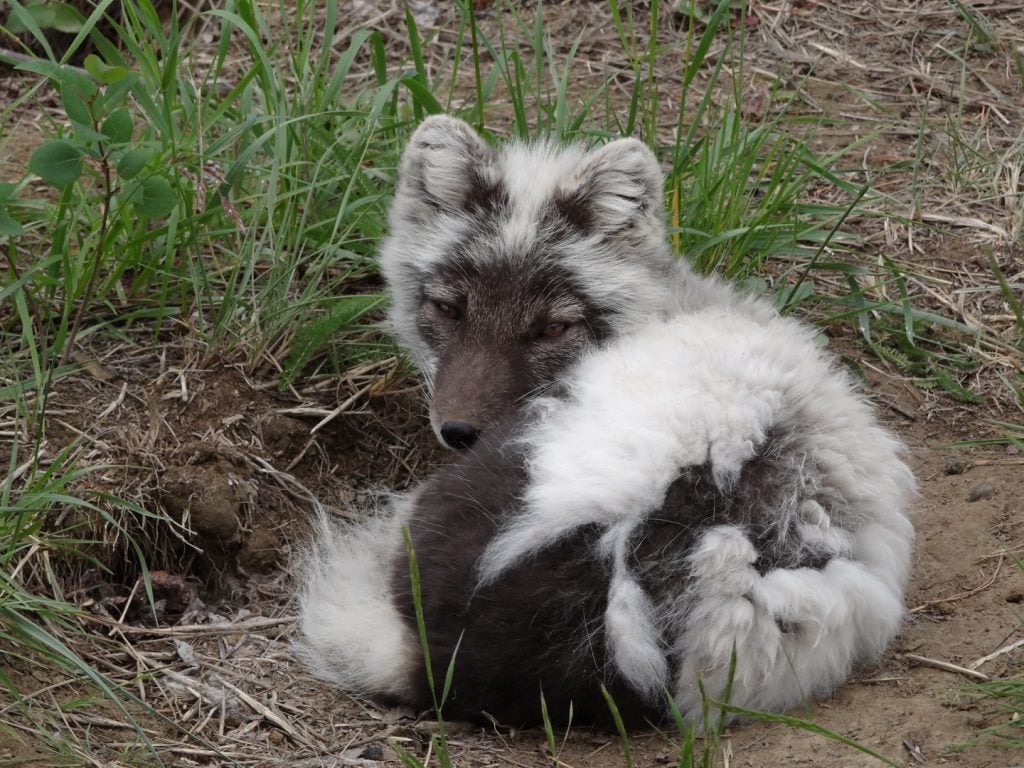
People & Culture
On thin ice: Who “owns” the Arctic?
As the climate heats up, so do talks over land ownership in the Arctic. What does Canadian Arctic Sovereignty look like as the ice melts?
- 4353 words
- 18 minutes
This article is over 5 years old and may contain outdated information.
Wildlife
How well do you know your fox species? These photos will help you tell them apart in the wild

Sly. Quick. Cunning. Famously vocal. There’s something about foxes that has captured the collective imagination of humanity throughout the ages, with the result being that these small mammals of the dog family have crept into everything from English language idioms to popular culture. Canada is home to four different species of fox. To help you tell them apart in the wild, we’ve put together this handy primer featuring beautiful images from members of our Photo Club.

The most common and abundant of the fox species, the red fox is found across the entire northern hemisphere, from the Arctic Circle to North Africa to Eurasia. It has also been introduced in Australia, where it is considered an invasive species.
In spite of its name, the red fox doesn’t always have red fur; colour morphs common in the species include the cross fox (so named for the black stripes across its back and shoulders) and the silver fox, which has black fur tipped with white.


As its name indicates, the Arctic fox is native to the northern hemisphere, found throughout the Arctic tundra. It is highly adapted to its frigid environment, with a small, dense body and deep, insulating fur that changes colour with the season — brown-grey in summer, white in winter.


With its preference for deciduous forest habitat, the grey fox is found only in southern Manitoba, Ontario and Quebec. Although similar in size to the red fox, the grey fox can be distinguished by its rounded ears and brindled fur. It is one of only two, possibly three, living species of the genus Urocyon, which means “tailed dog,” and the only species of American canid that can climb trees.

A Prairie-dwelling canid about the size of a domestic cat, the swift fox was hunted nearly to extinction in the 1930s due to predator control programs. By 1938, it had actually been extirpated in Canada, but a reintroduction program started in 1983 has successfully re-established some small populations in southern Saskatchewan and Alberta. The swift fox is still considered an endangered species in Canada under the Species At Risk Act.

Are you passionate about Canadian geography?
You can support Canadian Geographic in 3 ways:

People & Culture
As the climate heats up, so do talks over land ownership in the Arctic. What does Canadian Arctic Sovereignty look like as the ice melts?

Wildlife
As foxes move from the forest to the city, they show more doglike traits and appear to be naturally self-domesticating in the U.K. — but the same isn’t happening here at home

Wildlife
An estimated annual $175-billion business, the illegal trade in wildlife is the world’s fourth-largest criminal enterprise. It stands to radically alter the animal kingdom.

Environment
The uncertainty and change that's currently disrupting the region dominated the annual meeting's agenda